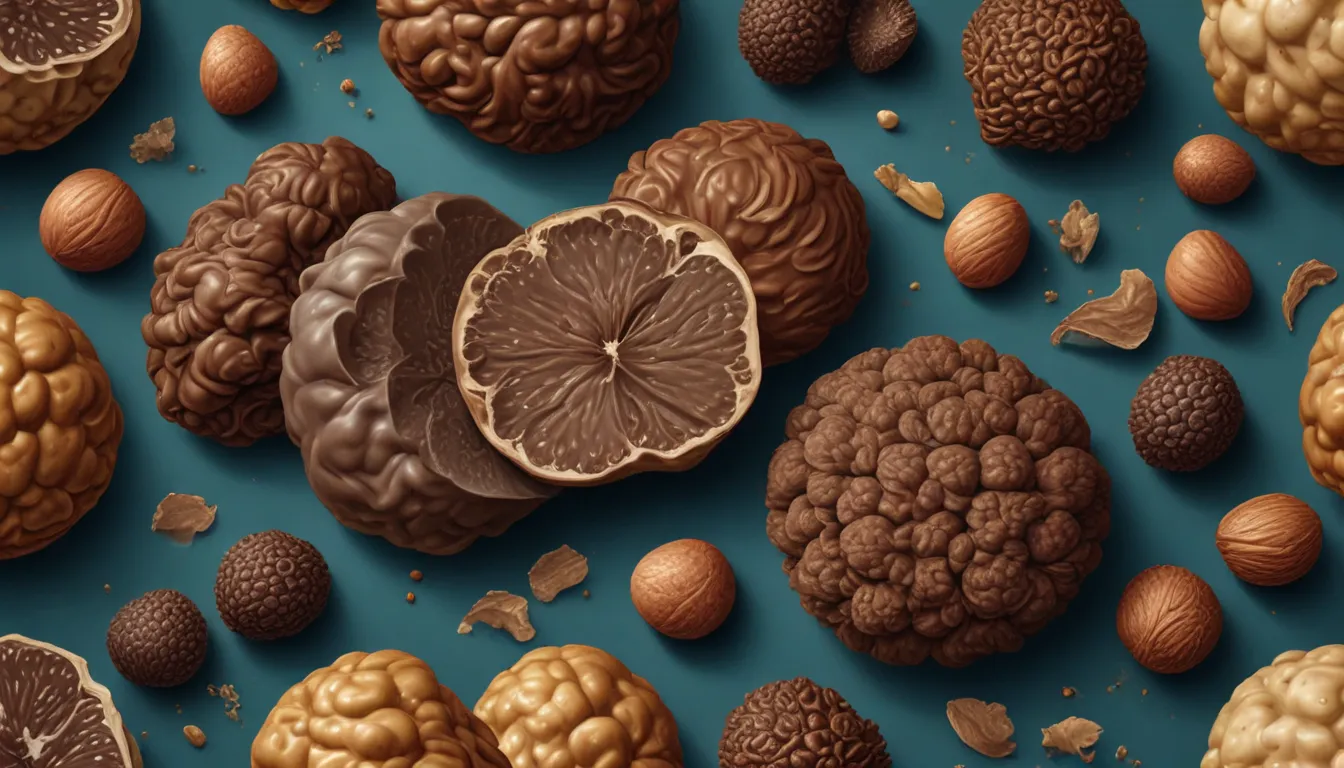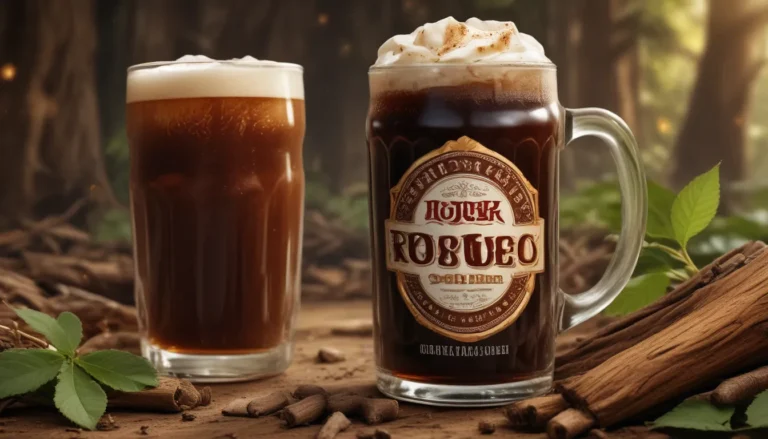The pictures in our articles might not always show exactly what the text is talking about. We use these images to make the article more interesting and eye-catching. They are there to add to the text, but not to replace it or show every detail.
Truffles, the enigmatic fungi that have mesmerized humans for centuries, are revered for their unique flavors and aromas. These luxurious ingredients often grace the menus of fine dining establishments, enchanting diners with their exotic allure. But what sets truffles apart from other fungi? Join us on a journey to uncover the mysteries of truffles and explore the fascinating world of these culinary treasures.
Exploring the Origins of Truffles
Truffles have a rich history that dates back to ancient civilizations, with the neo-Sumerians being among the first to mention these delectable fungi. With over 40 truffle species documented, truffles come in a variety of forms, each possessing its own distinct characteristics. In 1993, trufficulturists in Gisborne, New Zealand made history by harvesting the first black truffles in the Southern Hemisphere, marking a significant milestone in the world of truffle cultivation.
The Intriguing World of Truffle Evolution
Researchers have delved into the genetic origins of truffles, revealing that these underground delicacies evolved from above-ground mushrooms. Scientists believe that truffles developed their subterranean habitat to evade the perils of droughts, ensuring their survival in temperate regions. Truffle cultivation, also known as trufficulture, has become a specialized practice aimed at fostering the growth of these elusive fungi in controlled environments.
The Allure of Truffle Flavor and Aroma
The unparalleled taste and aroma of truffles stem from a complex blend of natural compounds that imbue them with their earthy, garlic-like flavor. With a rich and musky scent that captivates the senses, truffles have earned their reputation as culinary gems. Chemical analyses have identified hundreds of aromatic compounds in truffles, including unique volatile chemicals that contribute to their distinctive aroma. Microbes that inhabit truffles also play a crucial role in enhancing their aroma, adding layers of complexity to their sensory profile.
Demystifying the Cultivation of Truffles
Cultivating truffles is no easy feat, as these fungi demand precise environmental conditions to thrive. Truffle farming requires patience and expertise, with the symbiotic relationship between truffles, oak trees, and rocky soil playing a vital role in their cultivation. Although the French made strides in truffle cultivation in the 1800s, the industry faced challenges in the 20th century, leading to a decline in truffle production. Today, efforts are underway in countries like Australia, New Zealand, and the United States to cultivate truffles, albeit with varying degrees of success.
The Fascinating World of Truffle Species
Truffles belong to the genus Tuber, encompassing around 185 species that are predominantly found in the Northern Hemisphere. Italian white truffles, prized for their exquisite flavor, command top dollar in the market, while black Périgord truffles rank among the most valuable truffle varieties. Truffle hunting, a time-honored tradition, often involves the assistance of animals such as pigs, dogs, and even truffle flies, who play a crucial role in locating these elusive fungi.
Truffles and Their Ecosystem Impact
Truffles play a vital role in ecosystem dynamics, forming symbiotic relationships with various tree species to exchange nutrients and support mutual growth. The intricate network of roots that truffles develop helps prevent soil erosion and provides essential nutrients to their host plants. As climate change poses threats to these ecosystems, the resilience of truffles in supporting their plant hosts becomes increasingly significant.
Delving into the Genetic Predispositions of Truffle Perception
Interestingly, some individuals possess genetic variations that influence their perception of truffles. While many people savor the aroma of truffles, others may find it off-putting due to differences in their olfactory receptors. These genetic predispositions shed light on the diverse sensory experiences that truffles evoke in different individuals, adding another layer of complexity to the truffle mystique.
In conclusion, truffles stand as a testament to nature's culinary artistry, captivating our palates with their unique flavors and aromas. As we unravel the mysteries of these elusive fungi, we gain a deeper appreciation for the intricate relationships they forge with their environment and the intriguing genetic nuances that shape our perceptions of their essence. Let us continue to savor the magic of truffles and preserve their legacy as nature's precious culinary treasures.






